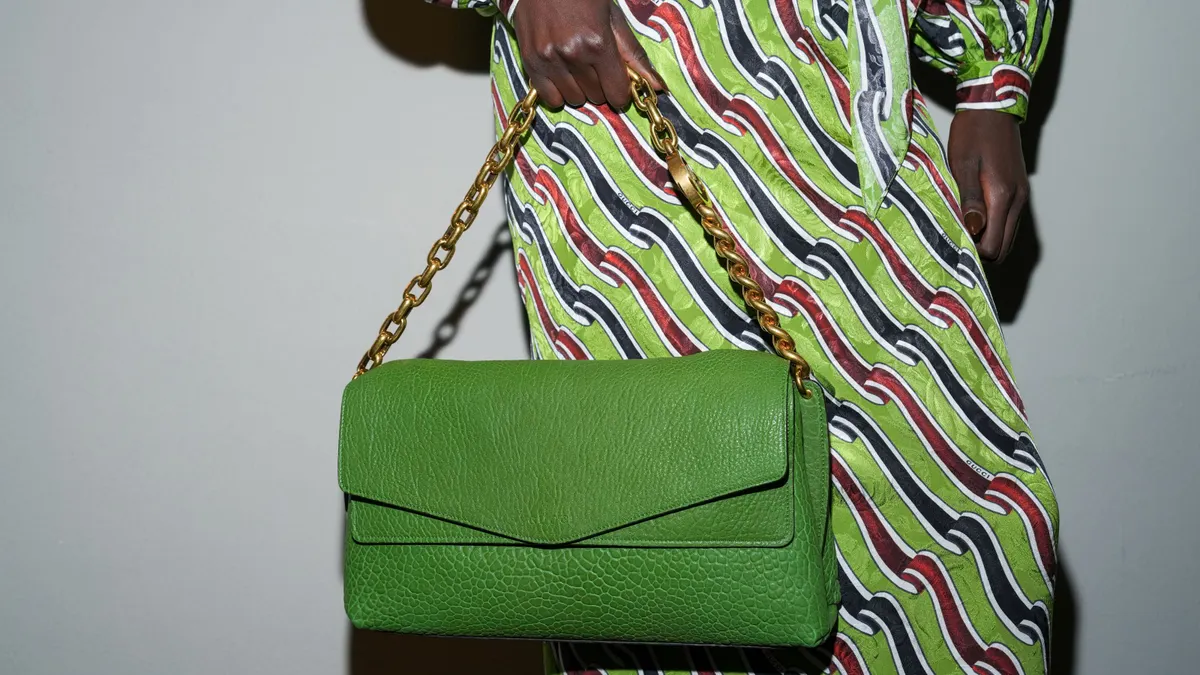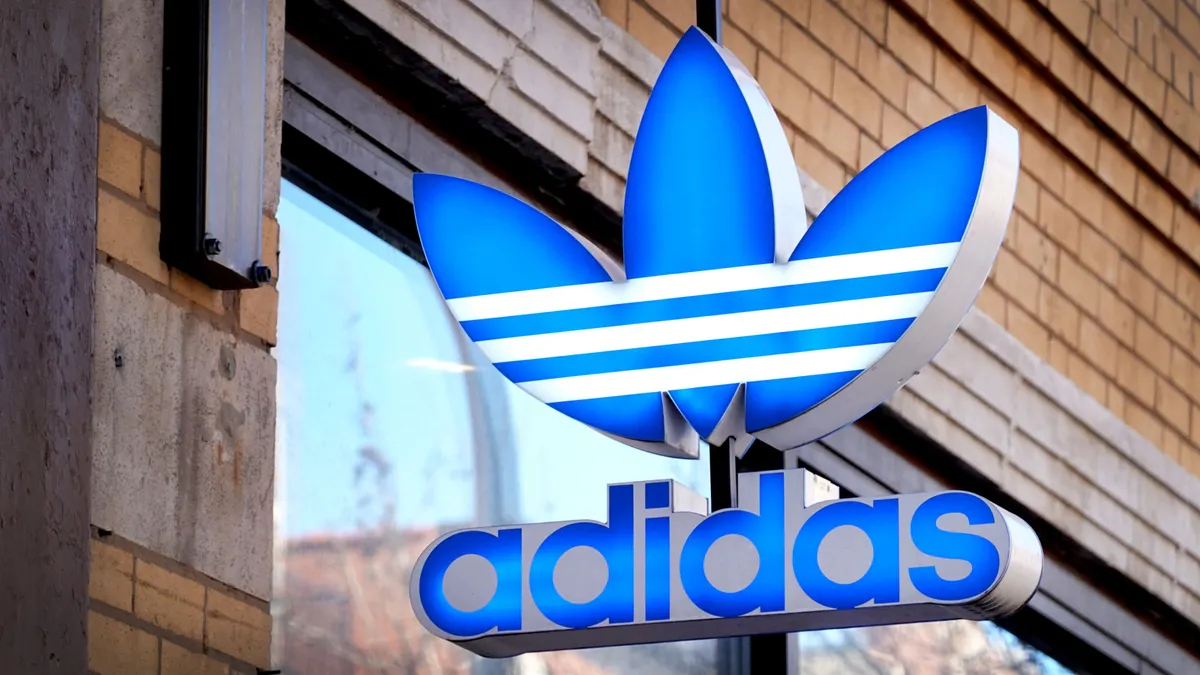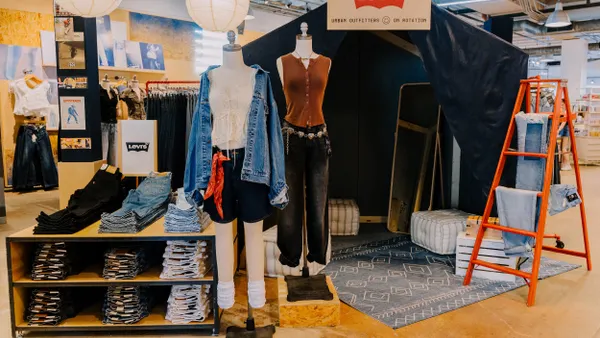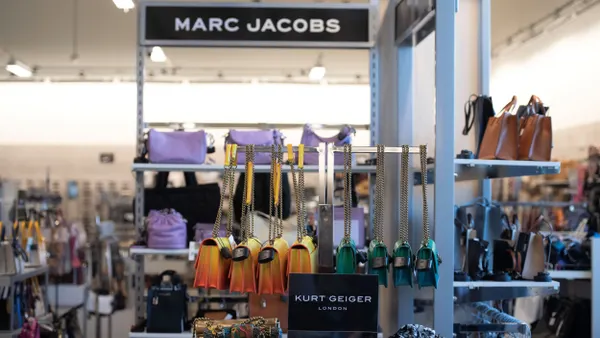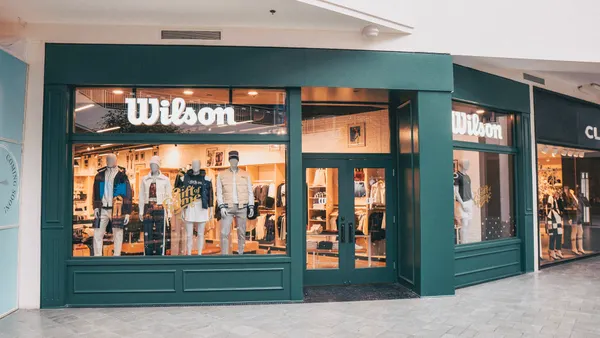Dive Brief:
- Kering revenue declined 16% year over year to 7.6 billion euros for the first half of fiscal 2025, or about $8.8 billion, according to a Tuesday press release.
- Second quarter revenue sank 18% year over year to 3.7 billion euros, following a first quarter year-over-year decline of 14%. Net income plummeted 46% to 474 million euros for the half.
- At Gucci, first half revenue sank 26% to 3 billion euros, and first half recurring operating income nosedived 51% year over year to 486 million euros. Gucci also posted a 25% sales decrease in Q2.
Dive Insight:
It’s been a turbulent year for Kering, both fiscally and in terms of its leadership and creative teams.
The company named a new CEO, who will succeed François-Henri Pinault following a board vote in September. In addition, the company named Pierpaolo Piccioli as the new creative director at Balenciaga in May, following the departure of Demna Gvasalia, who became the new artistic director of Gucci in March. Those changes followed the December 2024 hire of Louise Trotter as creative director at Bottega Veneta.
In 2024, Kering also appointed new CEOs at Saint Laurent, Balenciaga and Gucci.
The company has also made changes on its operational and financial fronts, Pinault said in Tuesday’s release.
“In a particularly tough market environment, we continued to streamline our distribution and cost base, and, executing on our roadmap, we took decisive steps to strengthen our financial structure,” Pinault said. “Though the numbers we are reporting remain well below our potential, we are certain that our comprehensive efforts of the past two years have set healthy foundations for the next stages in Kering’s development.”
Kering quarterly revenue since Q1 2023
However, the luxury company’s leadership instability was concerning, said Yanmei Tang, an analyst at research firm Third Bridge.
“Kering has changed designers across its three main brands simultaneously, a risky move given the group’s reliance on figures like [Deputy CEO] Francesca Bellettini, who holds significant sway over appointments and brand direction,” Tang said in emailed comments. “This top-heavy approach often leads to reactive, short-term decisions aimed at plugging immediate gaps, in contrast to LVMH’s longer-term, structured leadership model.”
Kering is also facing a tough reality in its two main luxury markets, China and the United States, Tang said.
“China’s consumers have become cautious, preferring to save rather than spend on luxury, while the US market is wobbling under political unpredictability that is clouding consumer confidence,” Tang said, adding that product desirability is now a bigger problem for Kering than any tariff threat.
“Desirable brands like Hermès can nudge prices higher without hurting demand, but brands such as Saint Laurent and Gucci do not currently enjoy that level of pricing power,” Tang said. “Our experts point out that creative stagnation is not helping, with designers spending much of their time mining archives rather than bringing fresh ideas to the market.”
Kering’s second quarter retail sales were down 16% year over year, and down double digits in every region. In North America, retail sales fell 10%, while in Asia-Pacific they were down 19%. Meanwhile, in Western Europe sales sank 17%, and Japan retail sales fell an eyewatering 29%, which Kering attributed to a sharp decline in tourism.
At Yves Saint Laurent, first half revenue was down 11% to 1.3 billion euros. Revenue from the Kering’s other houses, including jewelry brands and fashion houses Balenciaga and Alexander McQueen, declined 15% to 1.5 billion euros for the same period. Bottega Veneta revenue rose 1% to 846 million euros for the period.
But the biggest problem for Kering is at Gucci, where losses continue to deepen following last year’s steep revenue declines.
“Turning Gucci around will take time,” Tang said. “The brand needs at least two to three collections to stabilise under new creative leadership, especially as any change in designer inevitably risks alienating existing clients while trying to cultivate a new audience.”



